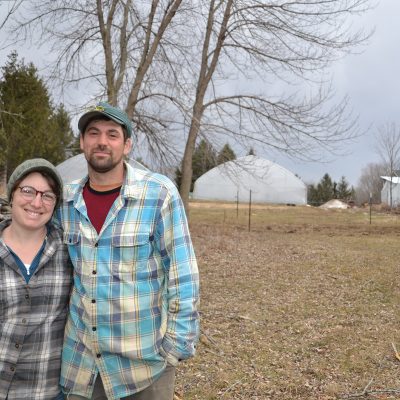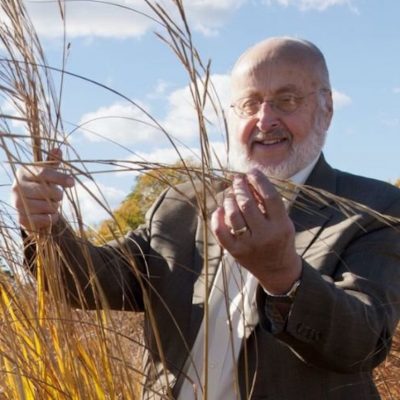Small, Complex & Focused
Not Doing Everything Makes Minding the Little Things Even More Crucial
Smaller doesn’t always mean simpler. Consider Cella Langer and Emmet Fisher’s foray into being a Grade A micro-dairy — one that produces, processes, packages, markets, and sells pasteurized milk and yogurt. In a state that has lost 40,000 dairy farms in the past four decades, they are a tiny push in the opposite direction. How… Read More →

